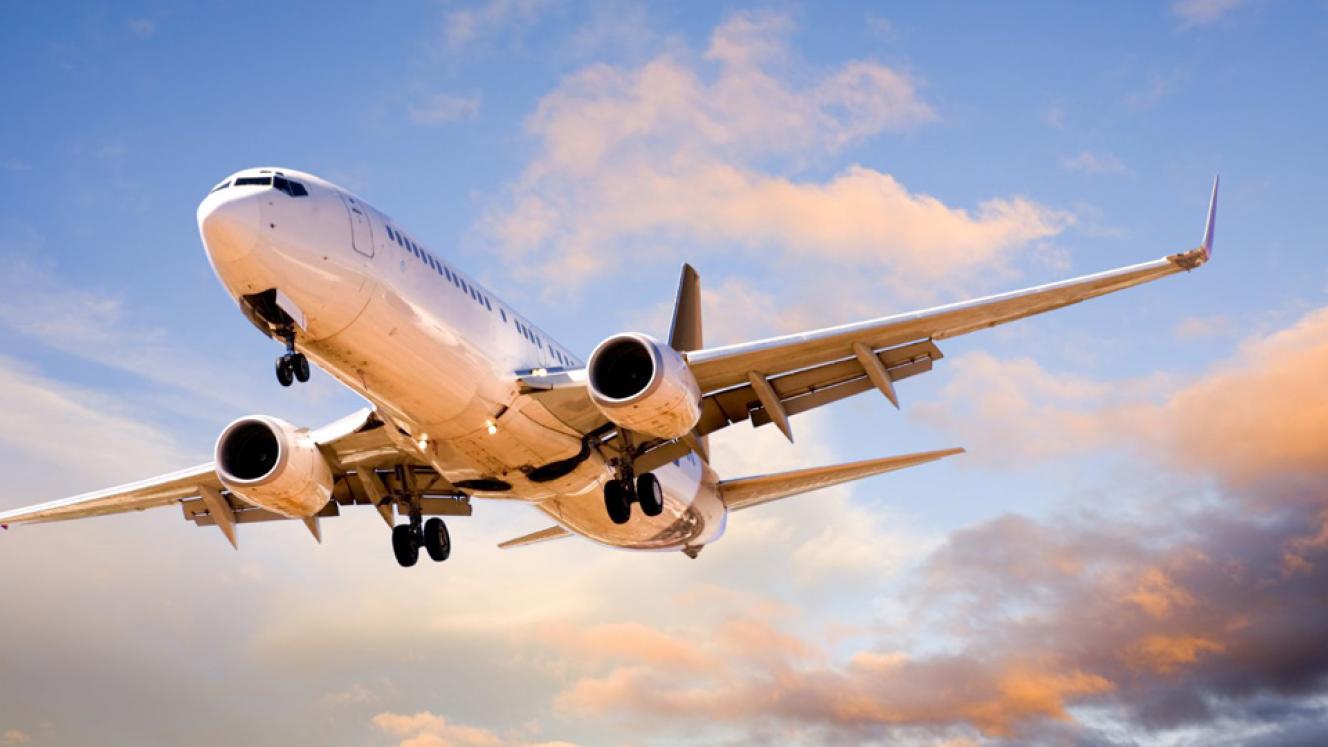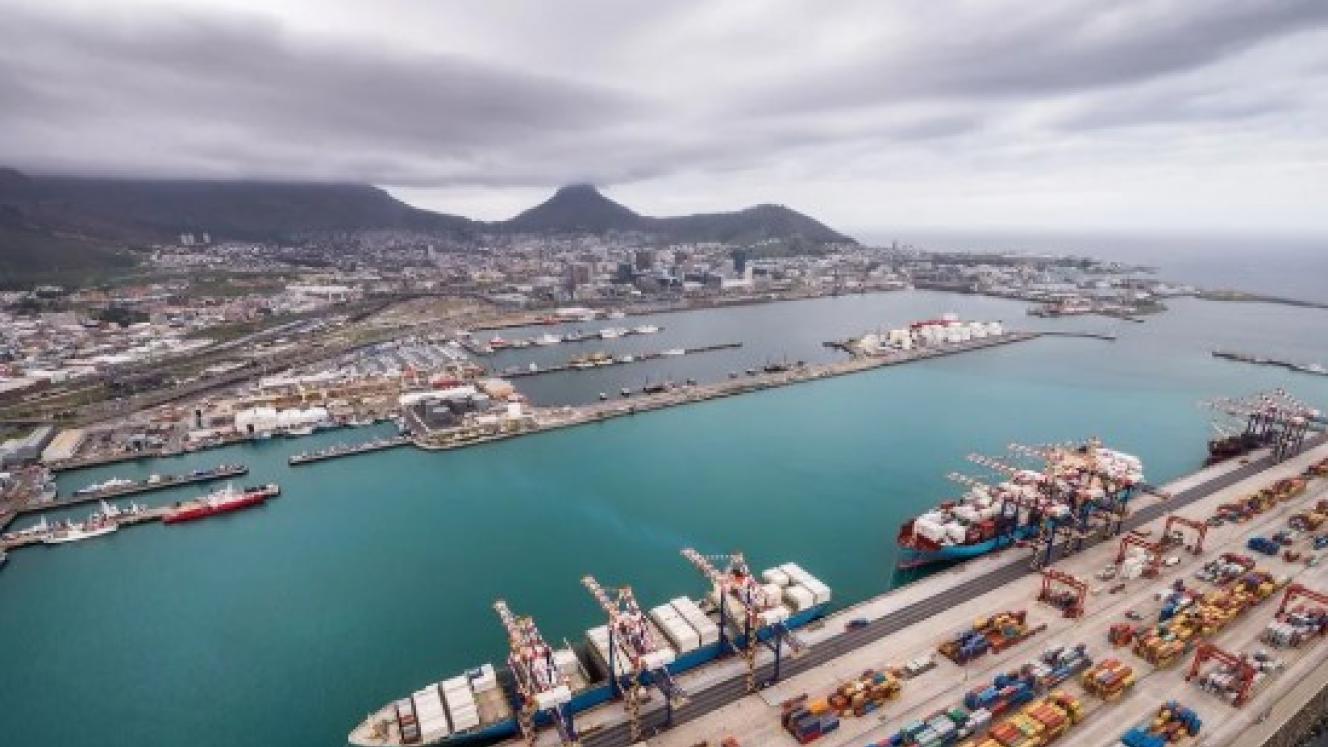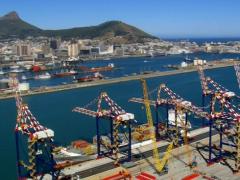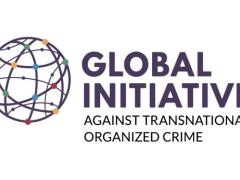Freight volumes in November picked up some pace, according to data for global air freight markets just released by the International Air Transport Association (Iata). But while volumes were higher than October, they remain depressed compared to 2019.
Capacity remains constrained from the loss of available belly cargo space as passenger aircraft remain parked.
Global demand, measured in cargo tonne-kilometres (CTKs), was 6.6% below previous-year levels in November (-7.7% for international operations). This was on par with the 6.2 % year-on-year drop in October. The year-on-year decline is however skewed as November 2019 had a boost in demand from the waning US-China trade war, Iata explains.
Seasonally adjusted demand (SA CTKs) continued to improve, increasing 1.6% month-on-month. This was a slight improvement over the monthly growth rate of 1.1% in October. The association predicts that current month-on-month gains indicate that SA CTKs will return to 2019 levels around March or April 2021.
Global capacity, measured in available cargo tonne-kilometres (ACTKs), shrank by 20% in November (‑21.3% for international operations) compared to the previous year. That is nearly three times larger than the contraction in demand. The capacity crunch is caused by a 53% decrease in in belly capacity which has only been partially offset by a 20% increase in freighter capacity.
“Air cargo demand is still down 6.6% compared to the previous year, however we are seeing continuing month-on-month improvements,” said Alexandre de Juniac, Iata’s director general and CEO. “Severe capacity constraints persist as large parts of the passenger fleet remain grounded – and this will put pressure on the industry as it gears up to deliver vital Covid-19 vaccines.”
From a regional perspective, African Airlines saw international demand fall by 1.7% year-on-year in November, after three months of positive year-on-year growth. “This is primarily driven by a soft performance on the Asia-Africa route, which was down 4.5% year on year, according to Iata. International capacity decreased by 19.4%.
The recovery in passenger demand, however, which has been slowing since the Northern hemisphere’s summer travel season, came to a halt in November.
Total demand (measured in revenue passenger kilometres or RPKs) was down 70.3% compared to November 2019, virtually unchanged from the 70.6% year-to-year decline recorded in October. November capacity was 58.6% below previous year levels and load factor fell 23.0 percentage points to 58.0%, which was a record low for the month.
“The already tepid recovery in air travel demand came to a full stop in November. That’s because governments responded to new outbreaks with even more severe travel restrictions and quarantine measures. This is clearly inefficient, said De Juniac. “Such measures increase hardship for millions. Vaccines offer the long-term solution. In the meantime, testing is the best way that we see to stop the spread of the virus and start the economic recovery. How much more anguish do people need to go through — job losses, mental stress — before governments will understand that?”













